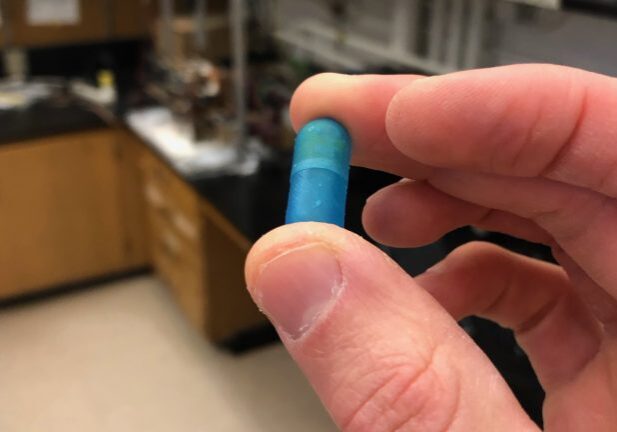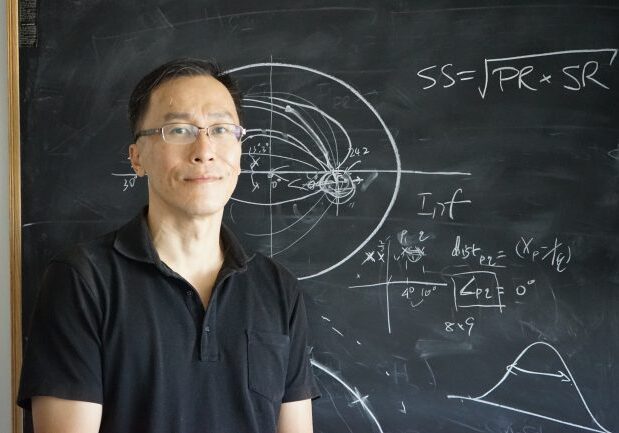
A universal law of physiology emerges from professor’s research
Professor Willy Wong has discovered a mathematical relationship in the sensory adaption response curve that is true for all sensory modalities and all organisms

New method for testing muscle repair in a dish to impact development of stem cell-based therapies
Researchers from two labs at the University of Toronto have discovered a novel way to test self-repair of skeletal muscle, and this method has the potential to rapidly advance the development of treatments for diseases like muscular dystrophy (MD) and other degenerative muscle conditions. “If you would have told me before we started this project […]
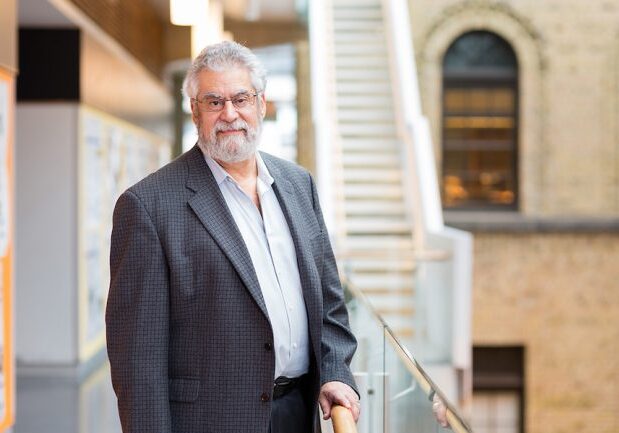
With a focus on skin cells, U of T’s Michael Sefton seeks ‘huge step forward’ in diabetes treatment
Sefton’s research will explore whether dendritic skin cells can aid in the successful transplantation of insulin-producing islet cells in diabetes patients
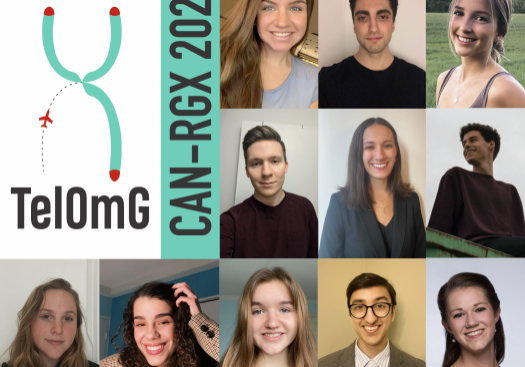
Student team studies human genetics in microgravity
A multidisciplinary student team will fly in a microgravity environment to investigate why astronauts experience chromosomal changes during spaceflight.
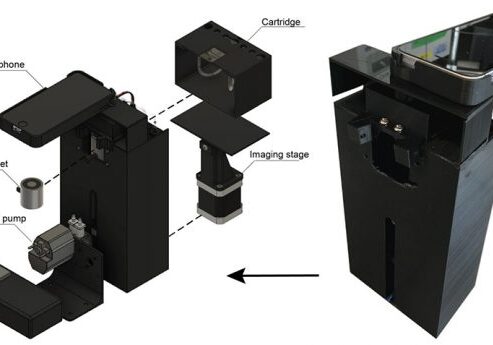
Researchers develop a quantum dot smartphone device to diagnose and track COVID-19
Researchers at the University of Toronto (Institute of Biomedical Engineering, Department of Chemistry, Donnelly Centre for Cellular and Biomolecular Research) in collaboration with Sunnybrook Health Sciences Centre, Public Health Ontario, and Mt. Sinai Hospital have engineered a diagnostic test that makes use of a smartphone camera to surveil and track COVID-19 patients. This finding could […]
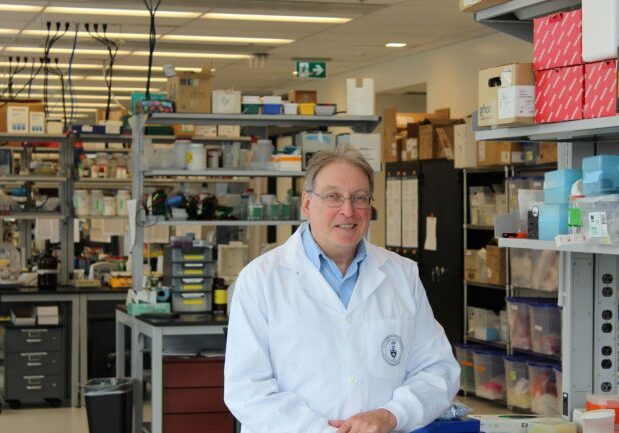
New method can improve drug delivery in implants
A biomaterial discovery yields better control over drug release profiles in implants.
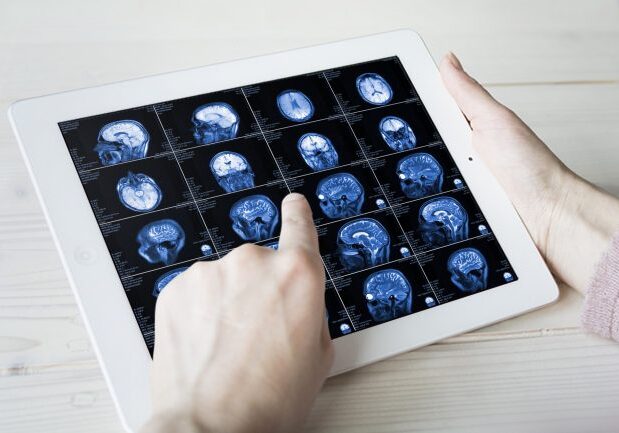
Researchers apply quantum-inspired technology to reduce radiation treatment planning time
Digital Annealer technology application is latest development in longstanding collaboration between U of T Engineering and Fujitsu Laboratories
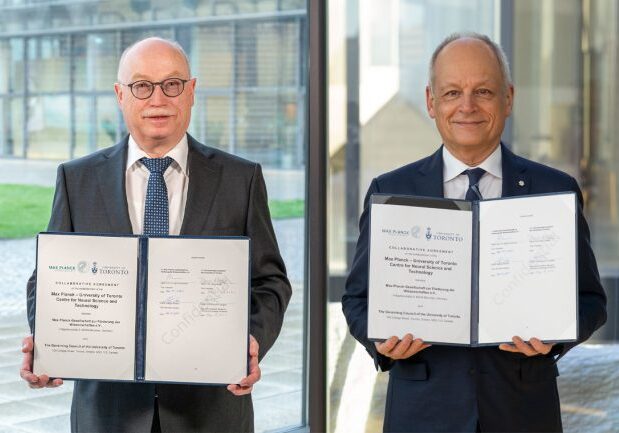
U of T and Max Planck Society establish centre to study neural science and technology
The Max Planck-University of Toronto Centre for Neural Science & Technology aims to develop and deploy advanced technologies to study brain circuits for the improvement of human health, while charting new territory in computing

